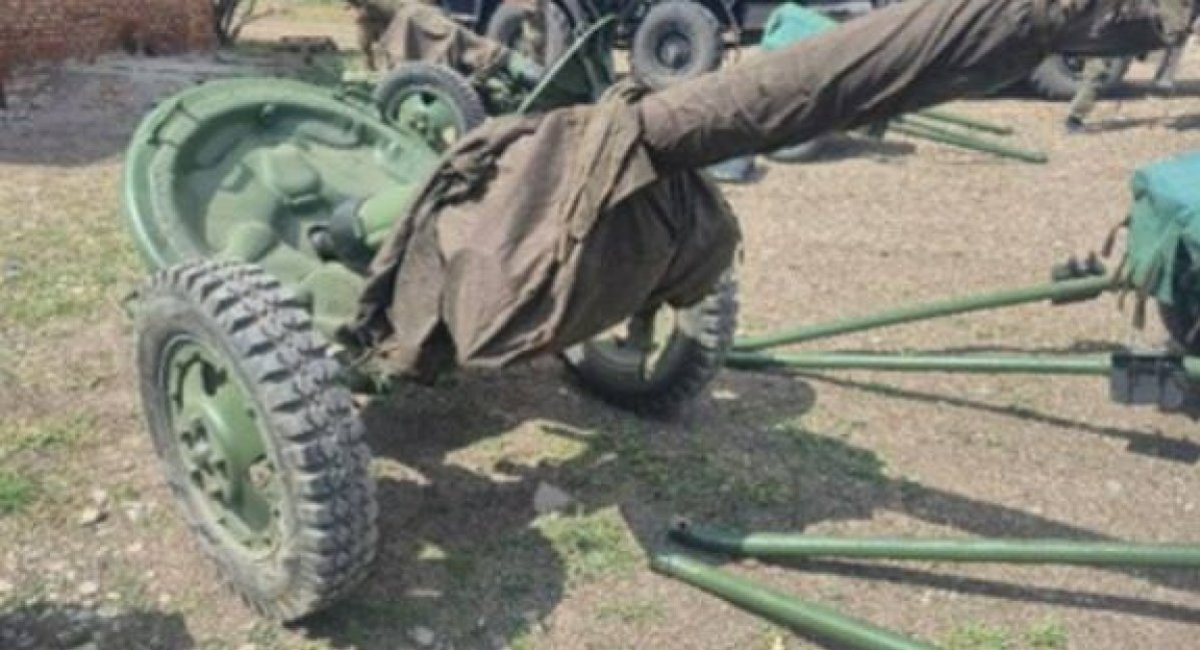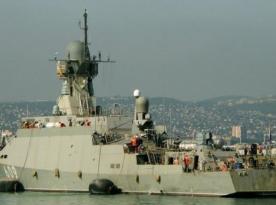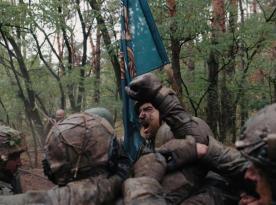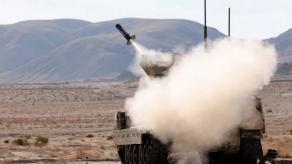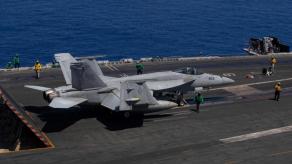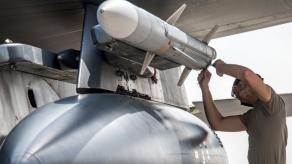Previously, Defense Express explained why recent reports of russian armed forces operating "North Korean 140mm mortars" sounded strange and shared our thoughts of what could be the weapon that caused such rumors. A valuable contribution to the discourse was made by the Vodohrai online magazine, in several publications proving that there indeed used to be such a weapon in North Korea's service.
More specifically, there was a limited-issue 140-millimeter caliber mortar made by DPRK in 1982 based on the Chinese W76, according to a Taiwanese weapon research enthusiast 台海軍情員 and Jost Oylmans, an expert on the North Korea's armed forces.
Read more: The Appearance of 140-mm Mortars from North Korea in russian Troops Seems Extremely Strange, and Here's Why
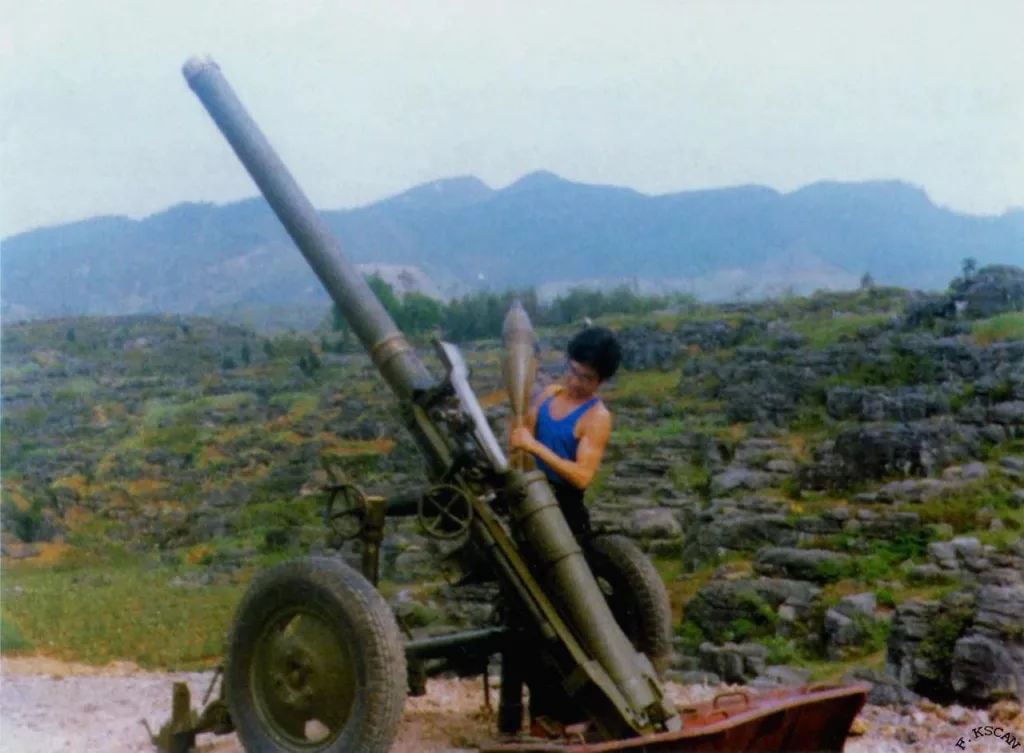
First, let's outline the creation history of the Chinese W76 140mm mortar (otherwise known as Type 76). Its development began in the 1960s, when the relations between the USSR and the PRC were cooling.
The Chinese military wanted to get an alternative to 120mm and 160mm systems, and the choice of 140 mm caliber was dictated by quite unique considerations. If a full-blown war between China and the Soviet Union were to break out, and the Soviets captured some W76 mortars, the non-standard round diameter would make them unable to use trophy weapons without suitable ammunition.
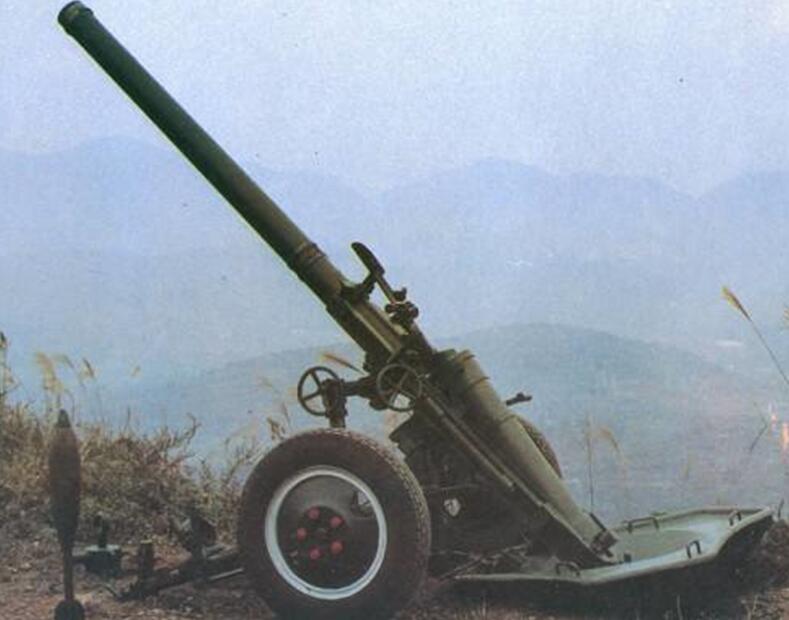
The first W76 prototype was presented in 1973. During testing, it showed good performance: an effective rate of fire of 8 rounds per minute and a maximum range of 9,600 meters (almost 6 miles) using high-explosive fragmentation shells weighing 29 kilograms. One characteristic feature of this mortar was that the round was prepared for firing via the breech-loading method.
The Chinese W76 was produced in small quantities, and the technology was sold to the DPRK in the 1970s. North Korean engineers did not completely copy the W76, for example, they did not reproduce the breech loading mechanism and replaced it with the classic muzzle drop-fire.
The first test articles of the North Korean 140-mm mortar were trialed in 1981, and already in 1982 (as believed), this mortar was adopted by the DPRK army.
It is precisely because of this chronological circumstance that the russians call this artillery system the "140-mm mortar of the 1982 model," although the first public presentation of this artillery system took place in 1992, that is, a decade later.
Based on tables from russian sources, the North Korean 140mm mortar has a threefold smaller weight and a slightly shorter firing range of 8,000 meters, compared to the Chinese original. However, these figures were received quite skeptically by experts.
Nonetheless, Defense Express notes that these details on obscure North Korean mortar developments illustrate in particular how much of DPRK's arsenal remains unexplored or lacks credible data.
Just to take note: the presence of 140-mm caliber mortars in the North Korean army was not listed in The Military Balance 2024 study by IISS, even though this type of weapon first appeared on public over three decades ago.

Read more: Four russian Landing Ships Sunk — One New Ka-52K-Capable Vessel Built, But There's a Caveat




